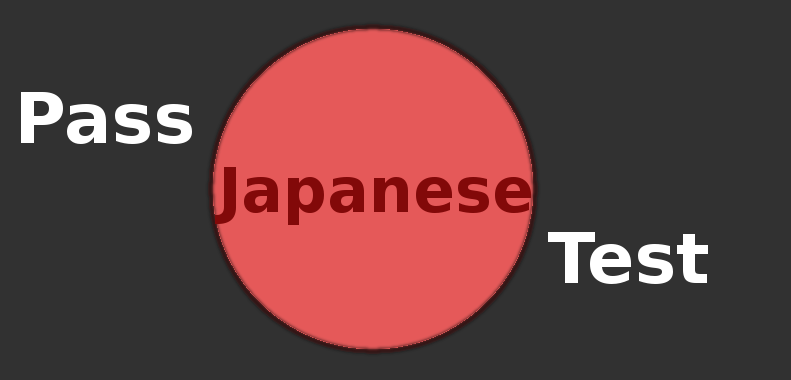Read the
official website and still don't understand the JLPT format? I'll give an easily understood description of each JLPT section. The test consist of 4 major focus areas: vocabulary, grammar, reading, and listening. Each area is further segmented into by question type. After reading the official page most people are still left with a "Huh? So what kind of questions can I expect?" I'll give an easy to understand explanation below. Of course you should also see (and use for practice) the
sample questions provided on the official website. The N3-N5 levels have 3 timed sections: vocabulary, grammar + reading, and listening. The N1-N2 levels consist of 2 timed sections: vocabulary + grammar + reading and listening. This provides more flexibility in how you use you time during the N1-N2, but means that you need to manage your time well.
JLPT Format

Vocabulary
There are usually a handful of questions for each type listed below.
- Kanji Reading: Choose the reading for the underlined kanji.
- Orthography: (N2-N5 only) Choose the kanji for the underlined word written in hiragana.
- Word Formation: (N2 only) Fill in the blank where the blank…

